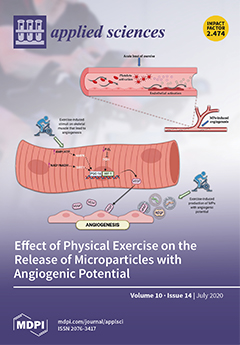Arecanutchewing is an established risk factor for oral submucous fibrosis (OSMF), but its role in periodontal disease has not yet been defined. Thisstudy aimed to assess the effect of areca nut extracts (ANE) on the bactericidal activity of crevicular polymorphonuclear neutrophils (cPMNs) in
[...] Read more.
Arecanutchewing is an established risk factor for oral submucous fibrosis (OSMF), but its role in periodontal disease has not yet been defined. Thisstudy aimed to assess the effect of areca nut extracts (ANE) on the bactericidal activity of crevicular polymorphonuclear neutrophils (cPMNs) in healthy subjects and chronic periodontitis (CP) patients. An in vitro study was designed with an equal number of (
n = 30) gingival crevicular fluid (GCF) samples collected from CP patients and healthy subjects. Bactericidal activity and hydrogen peroxide (H
2O
2) assays were performed with the GCF samples pre-treated with extracts of two varieties of areca nut: ripe and tender. Simultaneously, controls were also carried out with Hank’s balanced salt solution (HBSS) and catechin. Independent t-test and one-way analysis of variance (ANOVA), along with post-hoc analysis, were employed for statistical analysis. In both study groups, a significant reduction (
p < 0.01)in the bactericidal activity was noted when the samples treated with the ripe areca nut (rANE) were compared with the tender variant (tANE). Similarly, H
2O
2 levels were significantly reduced (
p < 0.001) in the rANE in contrast to tANE for both study groups. The above results were significant within the group but were found to be non-significant between the study groups, except when it was treated with HBSS (
p < 0.001). In the present study, it was found that there was a reduction in the bactericidal activity and H
2O
2 production of cPMNs in both healthy subjects and CP patients in the presence of areca nut extract. Moreover, the effect of rANE on cPMNs was more detrimental than tANE.
Full article





